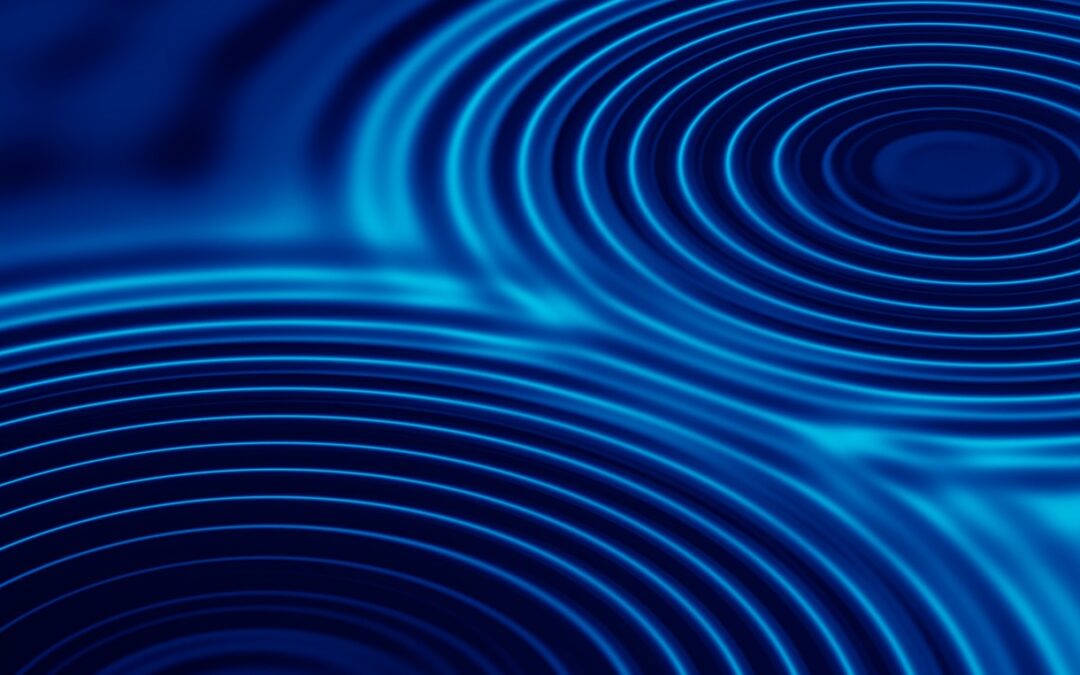The Effect of Vibration Training on Delayed Muscle Soreness: A Meta-Analysis
Yin Y, Wang J, Duan K, Cai H, & Sun J. Medicine. 2022 101(42) Online ahead of print. doi: 10.1097/MD.0000000000031259.
Take-Home Message
Vibration therapy may effectively reduce pain and improve pain threshold in people experiencing delayed onset muscle soreness.
Background
Patients and clinicians often struggle with the best way to treat delayed onset muscle soreness (DOMS). Vibration therapy exposes a patient to whole-body or local mechanical vibrations at varying amplitudes and frequencies. Vibration training has gained some traction as an effective therapy when recovering from knee injuries (see below).
Study Goal
The authors conducted this meta-analysis to investigate the effects of vibration training on pain, range of motion, and serum biomarkers associated with exercise-induced DOMS.
Methods
The researchers conducted a database search and screened 292 articles for inclusion. They identified articles that reported randomized clinical trials exploring the effect of vibration training on exercise-induced DOMS among healthy adults. After screening, the authors identified 16 research studies investigating the effects of vibration training on pain, range of motion, and serum biomarkers associated with exercise-induced DOMS for the final analysis.
Results
Most articles were published within the last decade and had a low risk of selection, attrition, and publication bias. Many papers had an unclear bias for selective reporting, detection, and performance (blinding). Overall, vibration therapy was more effective than a control (or no) intervention at improving pain (assessed through a visual analog scale) and pain tolerance (assessed through pain pressure threshold). However, vibration therapy had minimal effect on range of motion. At 24 hours after exercise, creatine kinase and lactate dehydrogenase were lower in people who had vibration therapy instead of a control or no intervention. While this finding lasted until 48 hours for creatine kinase, no other biochemical benefits occurred at 48 or 72 hours.
Viewpoints
This study is interesting because it shows promising results for vibration therapy in improving outcomes associated with DOMS, such as pain and biomarker measures. The authors reported that the trials tended to be small and included various populations, body areas treated, methods to induce DOMS, and vibration treatment parameters. The vibrations ranged from 3 to 120 Hz. Further sub-analyses and larger clinical trials may help identify the best parameters for desired outcomes. It was interesting to see that biomarkers differed between groups that received vibration therapy and those that received a control (or no) intervention within the first 24 to 48 hours. Yet, the authors found no effect on range of motion. It would be interesting to investigate other (possibly inflammatory) biomarkers to determine if vibration therapy may help in different patient populations. Finally, it may be interesting to see an analysis or comparison of commercially available local vibration units versus whole-body vibration units. The smaller vibration training units may be more feasible for many clinics than whole-body vibration units.
Clinical Implications
Vibration therapy may be an effective option for reducing pain and improving pain threshold in people experiencing DOMS. However, it will not be effective in improving range of motion.
Questions for Discussion
What have you found to be most effective for reducing the symptoms associated with DOMS? What have your personal or clinical experiences with Vibration Therapy been?
Written by Nicole M. Cattano
Reviewed by Jeffrey Driban
Related Posts:
Delayed Onset Muscle Soreness: Put a Freeze on it or Heat it Up?
Quadriceps Inactivation? Shake It Off
Shaking Up ACL Rehabilitation


